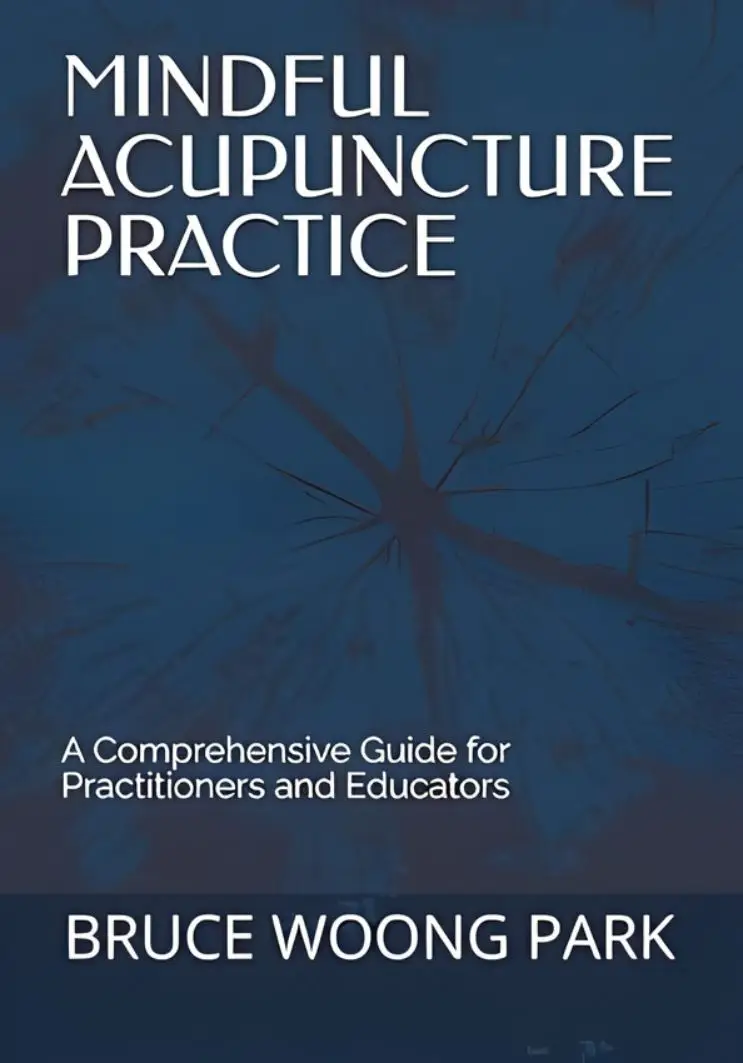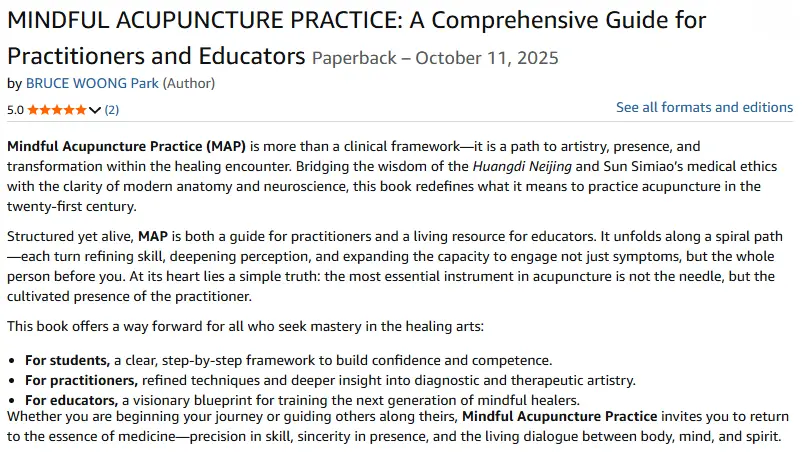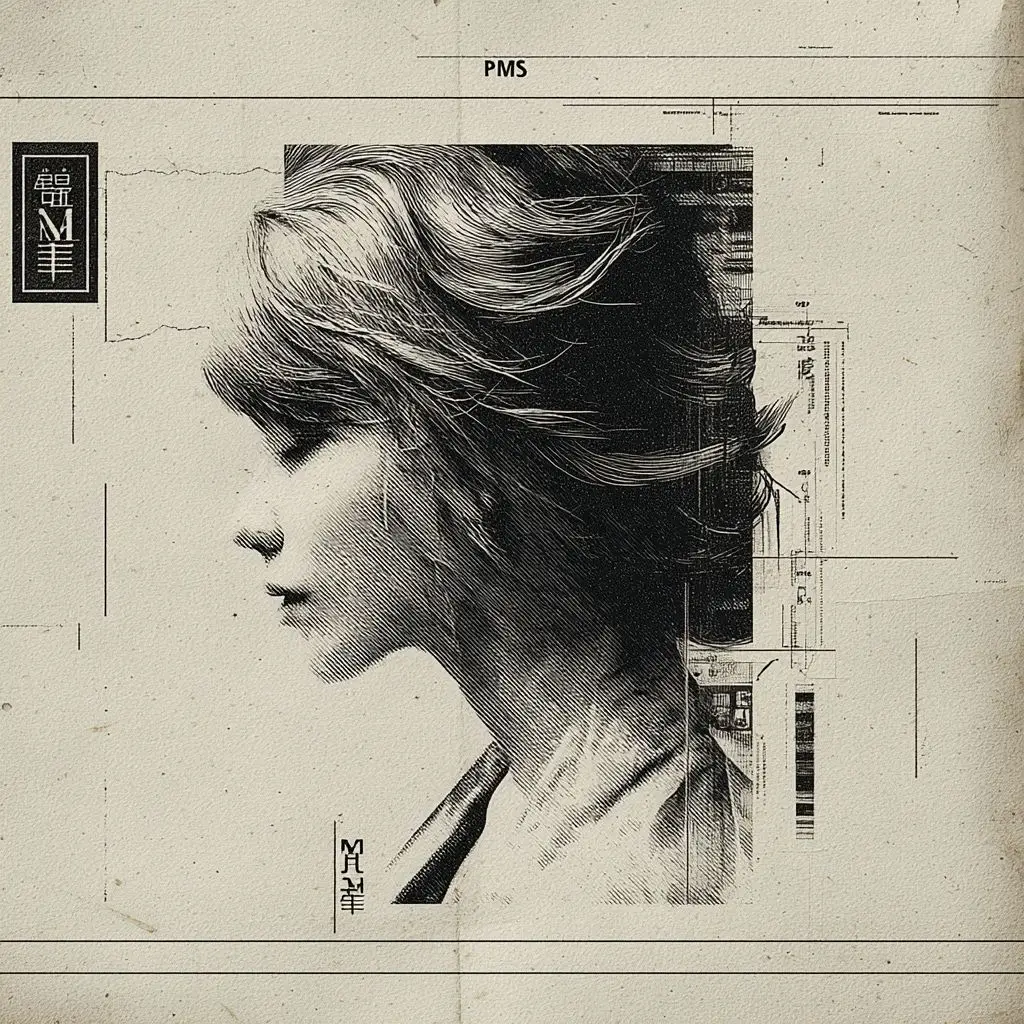A Recommendation to Read
Mindful Acupuncture Practice (MAP) by Bruce Woong Park introduces an integrative clinical system that unites classical East Asian medical theory, modern bioscience, and contemplative awareness. Rooted in the principle of Jingcheng (精誠)—the fusion of refined technique (Jing) and compassionate sincerity (Cheng)—MAP redefines acupuncture as both scientific art and spiritual discipline. This review critically examines MAP’s contributions to clinical methodology and educational reform through its three interlocking systems: the Phased Intervention Priority System (PIPS), Interactive Needling Practice (INP), and Five-Pinpoint Integrated Needling System (5PINS). While the text presents a visionary framework for merging diagnostic precision with mindful presence, its reliance on subjective, non-measurable skills challenges accessibility, standardization, and institutional adoption. Ultimately, Park’s work advances a paradigm shift that reaffirms the primacy of human presence—the “thinking hand” and the cultivated Shen—as the enduring essence of healing in an age increasingly shaped by technological mediation.
About the Author
Dr. Bruce W. Park, DACM, is a licensed acupuncturist, dharma teacher, and Academic Dean at the New York College of Health Professions. He is the developer of the Mindful Acupuncture Practice (MAP) system and the author of several books that bridge classical East Asian medicine with contemplative practice.
⸻
Dr. Bruce Woong Park, DACM, LAc
Dr. Bruce Woong Park is a distinguished expert in East Asian medicine and Buddhist practice, integrating decades of spiritual discipline and medical expertise. His academic journey began at Dongguk University in Seoul, where he studied Buddhist philosophy while dedicating over 20 years to the Buddhist monkhood. Expanding his focus to medicine, he earned a master’s degree from Tri-State College of Acupuncture and a doctorate in acupuncture and Chinese medicine from Pacific College of Health and Science.
A pioneer in bringing East Asian medicine to the West, Dr. Park has authored influential works, including Mindful Acupuncture Practice, A Clinical Manual of Herbal Medicine, and Classical Asian Herbal Therapy, which continue to shape the field. With over two decades of teaching experience, he has shared his knowledge at Lotus Dharma Society, South Baylo University, Virginia University of Integrative Medicine, and Eastern School of Acupuncture & Traditional Medicine, bridging healing wisdom with modern healthcare.
Currently, Dr. Park serves as Academic Dean of the Graduate School of Acupuncture and Herbal Medicine at New York College of Health Professions. He also leads Acupuncture Park Center in NYC, where he provides integrative treatments that blend acupuncture, herbal medicine, and mindfulness-based healing.
Mindful Acupuncture Practice: A Review of an Integrated System
Dr. Bruce W. Park, DACM
Dean of the Graduate School of Acupuncture and Herbal Medicine
New York College of Health Professions
Abstract
Mindful Acupuncture Practice (MAP) by Bruce Woong Park offers an ambitious, integrative framework that unites classical East Asian medical theory, modern bioscience, and contemplative awareness. Grounded in the principle of Jingcheng (精誠)—the union of refined mastery (Jing) and compassionate sincerity (Cheng)—MAP re-envisions acupuncture as both a technical art and a moral discipline. This review critically evaluates MAP’s theoretical contributions and its challenges in educational and clinical implementation. While the text provides a compelling architecture for synthesizing ancient and modern paradigms through the Phased Intervention Priority System (PIPS), Interactive Needling Practice (INP), and Five-Pinpoint Integrated Needling System (5PINS), its emphasis on subjective, non-quantifiable skills raises essential questions regarding accessibility, standardization, and pedagogy. Ultimately, the book reaffirms the irreplaceable human presence at the heart of medicine, even as it stretches the profession’s conceptual and institutional boundaries.
The Challenge of Complexity: Integrating with Precision and Flow
The primary contribution of Mindful Acupuncture Practice lies in its architectural coherence, constructed upon three interdependent pillars: the Phased Intervention Priority System (PIPS), the Interactive Needling Practice (INP), and the Five-Pinpoint Integrated Needling System (5PINS). Together, these create a multi-layered clinical model that demands exceptional cognitive and somatic integration from practitioners.
Top-Down Strategy vs. Tactical Execution.
PIPS functions as the strategic, top-down framework for clinical reasoning, guiding treatment design through five progressive phases—Foundational, Channel, Organ, Symptom, and Spirit. 5PINS, by contrast, operates as the bottom-up engine of precision therapy, merging myofascial trigger points (MTPs), neuromuscular motor points (NMPs), and neurosegmental anatomy. The clinical artistry of MAP emerges from harmonizing these layers— using PIPS to diagnose the constitutional root (e.g., Kidney Qi deficiency) and 5PINS to address the local manifestation (e.g., inhibited gluteus medius motor point). Yet this orchestration of strategic vision and micro technical execution sets a formidable bar for practitioners seeking immediate clinical applicability.
The Protocol Paradox.
MAP rejects both “cookbook” acupuncture and disorganized “point soup,” insisting on relational intelligence. Nevertheless, its own structure introduces detailed procedural sequences—the Architect’s Toolkit and the stepwise logic of PIPS and 5PINS. For students or time-pressed clinicians, these protocols risk devolving into mechanical checklists rather than vehicles for reflective judgment. The paradox is apparent: a system designed to liberate practitioners from formulaic treatment may, through its very precision, encourage new forms of rigidity.
The Subjectivity of Artistry: The Thinking Hand and Shen
At the heart of MAP lies a non-negotiable premise: the efficacy of acupuncture depends upon the practitioner’s cultivated presence, what classical sources call Shen (神)—the integrative consciousness animating skill. Park names this faculty the “thinking hand”: a perceptive, intelligent, and responsive organ of healing. Yet this central principle rests upon capacities that defy quantification.
Tactile Dialogue.
The Interactive Needling Practice (INP) demands refined sensory literacy—the ability to distinguish Qizhi (氣至, arrival of Qi) from Deqi (得氣, systemic integration). Practitioners must perceive the latency window—the silent interval during which the body assimilates the needle’s message. Such skills, traditionally transmitted through apprenticeship, are challenging to acquire solely through textual study, reaffirming MAP’s artistic ethos while limiting its scalability.
The Power of Presence.
Equally central is cultivating mindful composure to maintain neuroceptive safety—the patient’s implicit sense of safety and regulation. Through Shen and embodied stillness, the practitioner co-regulates the patient’s nervous system, an especially critical factor in treating fibromyalgia, trauma, or Shen disturbance. MAP’s Clinical Assessment Rubrics attempt to measure intangible qualities such as “attuned presence” and “listening through touch,” but these inherently subjective competencies challenge the boundaries of objective pedagogy.
Educational and Institutional Challenges
Park’s Three-Division Model for Acupuncture Education offers a visionary reform to counter what he calls the profession’s “quiet yet pressing crisis.” The proposed curriculum comprises:
- Traditional Acupuncture (TA): Mastery of classical texts (Neijing, Nanjing) and lineage-based palpation methods.
- Modern Acupuncture (MA): Training in neuroanatomy, pain science, and biomedical reasoning (dermatomes, myotomes, NERA, CNA).
- Acupuncture Therapeutics (AT): Applied integration through problem- and case-based learning (PBL/CBL), merging TA and MA into coherent clinical practice.
Successful implementation requires faculty fluent in both classical and biomedical languages—a rarity in current institutional settings. Moreover, MAP’s developmental hierarchy (Student → Instructor → Faculty) presupposes long-term mentorship and substantial investment of time and resources. While the model promotes depth and professional maturity, its demands could strain existing academic frameworks and accreditation systems.
Conclusion
Mindful Acupuncture Practice is a landmark synthesis that unites the technical, theoretical, and contemplative dimensions of East Asian medicine into a single pedagogical and clinical framework. By re-centering the human element—the practitioner’s awareness, sensitivity, and sincerity—it positions mindfulness not as an adjunct to technique but as its governing principle.
Yet the book’s most striking strength—its comprehensive integration of philosophy, science, and inner cultivation —also defines its principal challenge. The diagnostic precision and inner-outer discipline required to operationalize the PIPS, INP, and 5PINS systems exceed conventional clinical curricula. For MAP to realize its promise, educators and practitioners alike must embrace the discipline of presence over protocol, embodiment over abstraction, and wisdom over mere information.
In the end, Park’s work affirms that the future of acupuncture—and perhaps of medicine itself—will be sustained not by digital tools or procedural algorithms, but by the living intelligence of the hand, the heart, and the moment of touch.
Keywords: Mindful Acupuncture Practice, Jingcheng, East Asian Medicine, clinical integration, Shen, education reform




